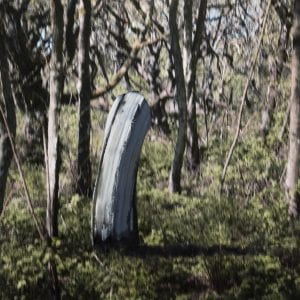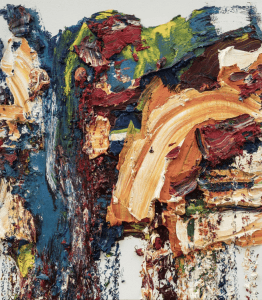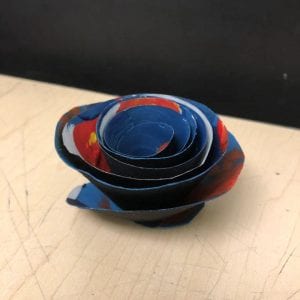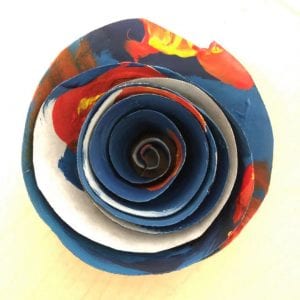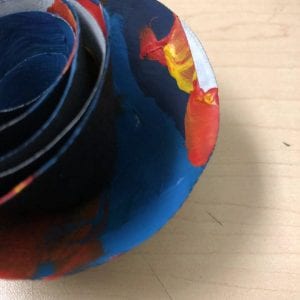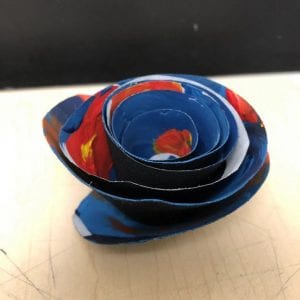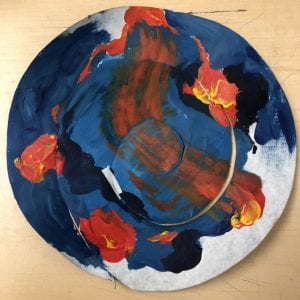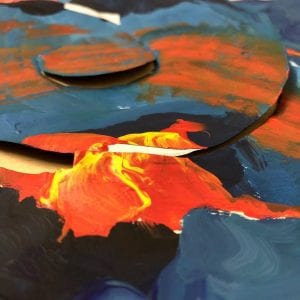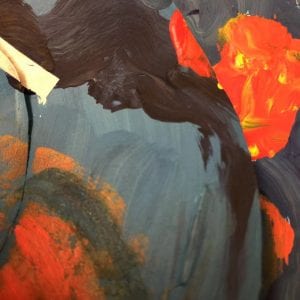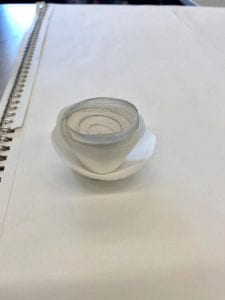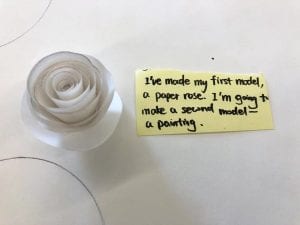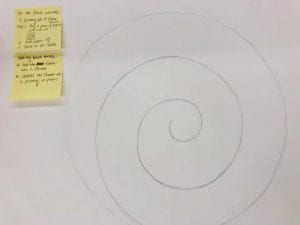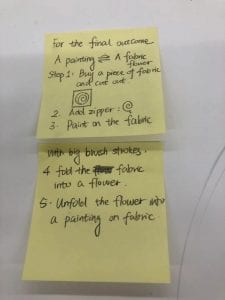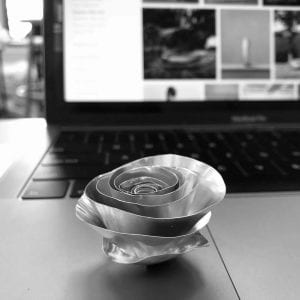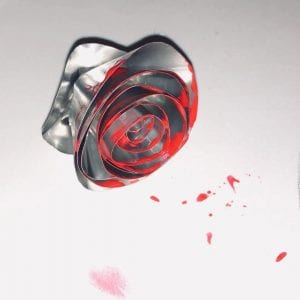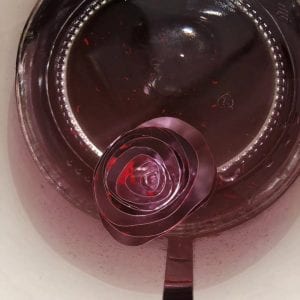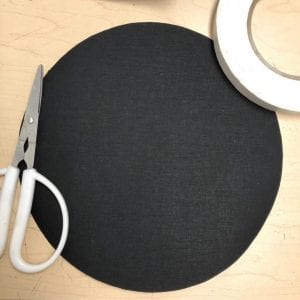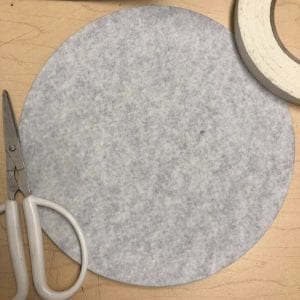Proposal:
This essay will be addressing the similarities and differences of Marc Luders and Jinshi Zhu’s work through looking at (1) and (2).
In the first paragraph: Introduce the two artists, Including simple biography
In the Second paragraph: list the visual elements in their work. Analyze them.
In the third paragraph: compare their work
In the forth paragraph: conclusion
Name:Yiqian Zheng
Class: Int Sem 1: Shift
Professor: Nancy Stola
Date: 5/12/2018
It was a coincidence when I saw Marc Luders and Jinshi Zhou’s work on the same website page. I couldn’t help staring at their work because they gave me a sense of similarities as well as differences. Both of them are defined as contemporary artists and I wonder what is the connection between them and contemporary art. This essay will be addressing the similarities and differences of Luders and Jinshi’s work and their relation to the contemporary art through looking at Objekte and All That Remains.
Marc Luders was born in 1963 in Hamburg, Germany. He has been incorporating elements of painting into photographs of real landscapes and urban scenes since the mid-nineties. Lots of his work depict individual figures in construction sites, in green wood spaces or on empty lots. The figures in the paintings are always looking around, seem to be confused and lost in space as if they have been transported to another world. Since 2003, Luders has been focusing on figures in the landscape, in which he employs color photography for the first time. Marc Lüders continues on making his artwork by merging different media, techniques, levels of reality or illusion. He painted figures over photos to combine different levels of reality. To take his work Figuren as an example, the painted figures all have unclear features which looks like they are confused by the surrounding area. Most of the backgrounds includes open spaces, wild spaces, amusement parks, balconies, parking lots. Also, I notice the clothing of the figures doesn’t always fit with the environment. For example, a man with suit in the wild, a woman naked on the balcony, a woman naked standing on the grassland. It shows some kind of contrast between the figure and the environment so that gives the audiences a feeling of strangeness.
However, there is a turning point of the subject of Luders’ work since 2004. This series of work is called Objekte. There’s a piece of abstract object starts to exist in his work. This object looks like a piece of metal when its surface is smooth. It also looks like a piece of wood when it gets a rough surface. Similar to the Figuren, all the backgrounds are all photos of varies landscapes. There are also some new scenes like empty swimming pools, parking lots, underground. Each piece only has one abstract object suspended in the scene. What attracts me the most is the reality and illusory Luders mixed inside all the pieces. The tube like object is an illusory which looks like it comes from another space. The suspending trait makes it unreal and absurd. It only takes a few seconds for a viewer to figure out the illusion part of this set of work. “This ‘object’ can’t just suspend in the air, it must be created by the artist.” However, Luders painted this “object” in a way which fits in the reality. He added shadow on the “object” which follows the direction of light so that this imaginary object kind of fit perfectly with the environment. Even though it is an illusion which suspended in the air, it has its shadow on itself as well as on the ground.
The other artist is Jinshi Zhu, who is a Chinese artist born in 1954. He produces abstract paintings whose surfaces are built up with thick, near-sculptural layers of oil paint. His work consist a big range of palette and scale, which represents colorful landscapes. He is known as producing dense pile of color which applied by a big amount of oil paint with spatulas and shovel. Zhu’s style and technique is profoundly influenced by the German Expressionists when he was living in Berlin. Zhu belongs to a group of Chinese avant-garde artists named the Stars, which formed in 1979 to challenge aesthetic conventions and exhibit their work publicly. The group, which included the famous dissident artist Ai Weiwei, was granted an exhibition in 1980 at Beijing’s National Gallery, a breakthrough in Chinese cultural expression that helped to establish the creative force of the individual. “Although I operate within the realm of form,” Zhu has said, “my idea is to go beyond the limitations set by form and break free.” He has also produced photographic, video, installation, and performance works.
I was attracted immediately when I was looking at this work of him called All That Remains. As normal, he used thick and heavy brush strokes to make this piece in a way of nearly three dimension. He put layers and layers of paint over each other to create a flowing of palettes. There are a huge range of colors which mixed but also separated from each other. He puts initial colors together but doesn’t mix them completely so that there’s a kind of texture and variation shown in the paint. By this way, the whole painting looks more colorful and rich. Zhu also pays attention to the use of complementary colors, for example, blue and orange, red and green, in order to form strong contrast between colors.
When I saw these two artists at the same time, I immediately felt there is some connection between their work. Therefore, I chose Objekte from Luders (on the left) and All The Remains from Zhu (on the right) to make a comparison. Firstly, I noticed the part of mixture of yellow and orange paint in Zhu’s work looks exactly like the abstract object in Luder’s work. They shared the same technique of painting—thick brush strokes. There’s some kind of texture on them due to the slightly mixing of different layers of colors. I especially like the richness in these two sections. This is the similarity or the connection between these two pieces. Both of these pieces depict a landscape scene, though through different means. Luders chose to use realistic landscape photos which form contrast with the unrealistic object in the middle. For Zhu’s painting, there’s a kind of consistency as all parts were painted with thick and rich brush strokes. Compared with Luders, Zhu painted in a bolder and more free way as if he didn’t care what viewers would think about this painting. It was so energetic and expressive that each viewer who stands in front of it would be attracted. For Luders, he tend to be more conservative in my view. It seems like the object from another space is confined by the realistic environment on earth.
Annotated Bibliography
Art Bank. “朱金石:中国要想出现抽象大师 放弃抽象这个概念就有可能.” 朱金石:中国要想出现抽象大师 放弃抽象这个概念就有可能. January 27, 2016. Accessed December 5, 2018. http://art.china.cn/talk/2016-01/27/content_8550080.htm.
This website talks about an interview carried by an organization called Art Bank. The interview includes questioning the name of Zhu’s gallery and the meaning of his painting. The resources helps me to understand deeper about the artist’s in sight and his intention to create his work. It also concludes the style of Zhu which helps the audience to be more clear about his art style. Besides, the interview also asked Zhu about his work related to Chinese culture, so it helps me to get a new view of his work.
Thomas Levy, Galerie Levy, Hamburg. “Bildrealitäten.” KERBER. July 18, 2004. Accessed December 5, 2018. https://www.kerberverlag.com/en/marc-luders-bildrealitaeten.html.
This website introduces the style of Marc Luders’ work during different times and the changes of his style between different times. It helps the audiences to get to know more about the change of the artist’s style and the key elements of his painting.

